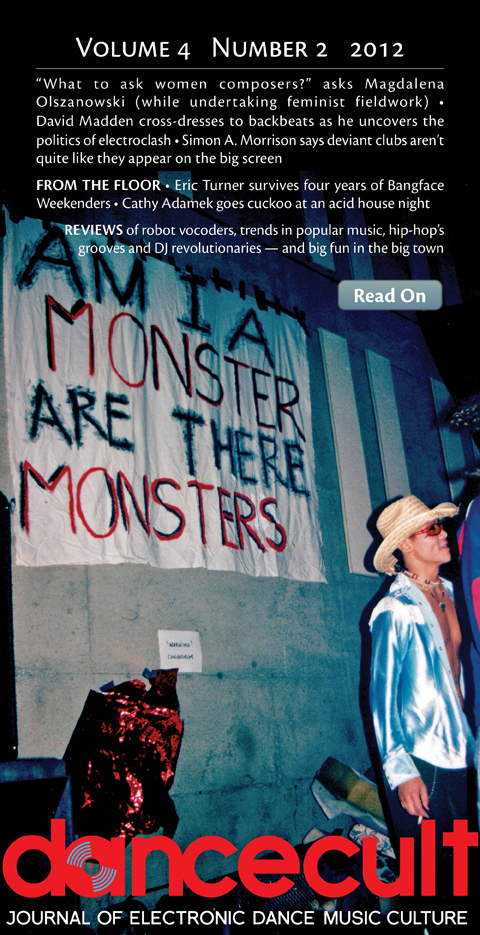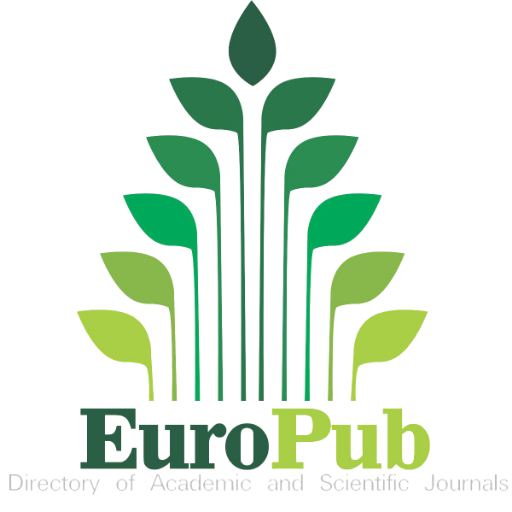Crossdressing to Backbeats: The Status of the Electroclash Producer and the Politics of Electronic Music
Keywords:
electroclash, producers, studio production, electronic dance musicAbstract
Addressing the international emergence of electroclash at the turn of the millenium, this article investigates the distinct character of the genre and its related production practices, both in and out of the studio. Electroclash combines the extended pulsing sections of techno, house and other dance musics with the trashier energy of rock and new wave. The genre signals an attempt to reinvigorate dance music with a sense of sexuality, personality and irony. Electroclash also emphasizes, rather than hides, the European, trashy elements of electronic dance music. The coming together of rock and electro is examined vis-à-vis the ongoing changing sociality of music production/distribution and the changing role of the producer. Numerous women, whether as solo producers, or in the context of collaborative groups, significantly contributed to shaping the aesthetics and production practices of electroclash, an anomaly in the history of popular music and electronic music, where the role of the producer has typically been associated with men. These changes are discussed in relation to the way electroclash producers Peaches, Le Tigre, Chicks on Speed, and Miss Kittin and the Hacker often used a hybrid approach to production that involves the integration of new(er) technologies, such as laptops containing various audio production softwares with older, inexpensive keyboards, microphones, samplers and drum machines to achieve the ironic backbeat laden hybrid electro-rock sound.Downloads
Published
06-Nov-2012
Issue
Section
Feature Articles
License
Authors who publish with this journal agree to the following terms:- Authors retain copyright and grant the journal right of first publication with the work simultaneously licensed under a Creative Commons Attribution-Noncommercial-Share Alike License that allows others to share the work with an acknowledgement of the work's authorship and initial publication in this journal.
- Authors are able to enter into separate, additional contractual arrangements for the non-exclusive distribution of the journal's published version of the work (e.g. post it to an institutional repository or publish it in a book), with an acknowledgement of its initial publication in this journal. Such derivate works or subsequent publications must happen no less than one calendar year after the initial publication date in Dancecult.
- Authors are permitted and encouraged to post their work online (e.g. in institutional repositories or on their website) prior to and during the submission process, as it can lead to productive exchanges, as well as earlier and greater citation of published work (See The Effect of Open Access).






